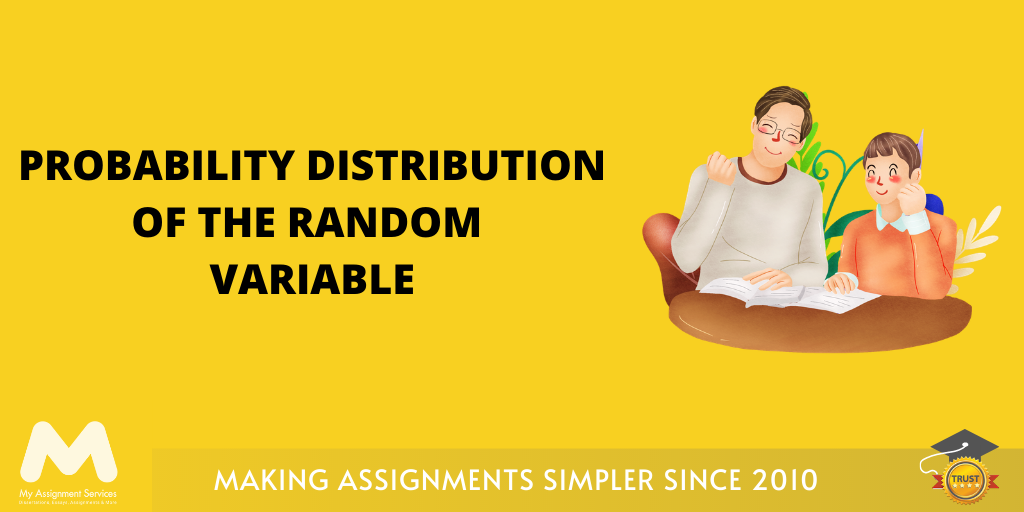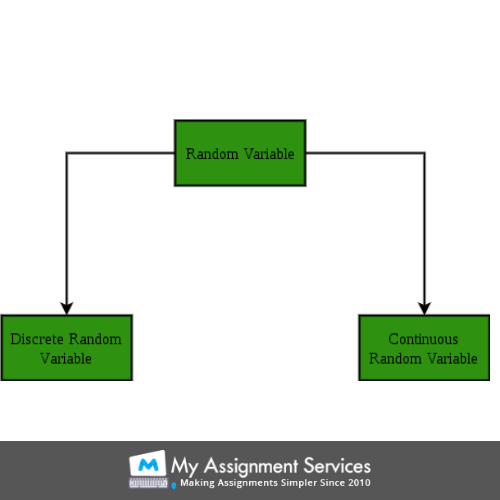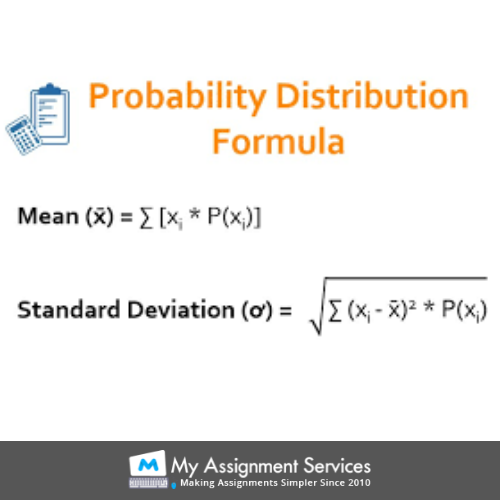
Everything you need to know about Probability Distribution of Random Variable
Trying to understand the meaning of the probability distribution? It may seem a little complicated if you are a beginner in the realm of mathematics. To understand the limitations of a probability distribution, it is important to start by understanding the statistical aspects of the problems. To completely understand the meaning of probability distribution of a random variable, you must first get to know the two stray concepts; probability distribution and random variable in detail.

What is a Random Variable?
The simplest definition of a random variable is that it is a simple and straightforward numerical description of the result of a statistical experiment. The outcome of an experiment is measured in strictly numerical terms, it is referred to as a random variable. Further random variables can be classified into two categories; discrete and continuous.
Discrete random variable and Continuous random variable
What is a discrete random variable? How is it different from a continuous random variable?
Any random variable which attains only a predefined number or an infinite sequence of the value chain is referred to as a discrete variable. This is a type of variable that may assume any value in some interval. On the other hand, a random variable that has a finite value on the number chain is referred to as a continuous random variable. The most basic difference between the two is measured in terms of the value attained on the numerical sequence chain.
This can be explained with the help of a simple demonstration: a random variable that is representative of the total number of automobiles sold at a certain outlet on a single day would be discrete. However, a random variable demonstrating the total weight of a human being is to be considered a continuous variable.

How does Random Variable Impact Probability Distribution?
Since we have discussed the meaning of a random variable in detail, it is prudent to understand how it affects probability distribution. Whereas an irregular variable is commonly the numerical value found out as a result of a statistical study, the probability distribution principle defines the way in which probability value should be segregated over multiple variables. It is derived with the help of a series of advanced numerical calculations. For arriving at different numerical conjectures, different kinds of formulae can be applied.
A perfect example to further elucidate this concept is as below:
As far as a discrete random variable is concerned, which is assigned a value; x, the probability distribution may be described as a mass functioning probability unit. This can be denoted by f(x). This function is an accurate measure of probability for every number which constitutes the random variable.
Also, while looking at the possibility factor for a discrete random variable, two essential preconditions have to be met.
- f(x) must have a non-negative value for the different random variables.
- The total sum of all the different probabilities for every value as per the random variable must equal to or lesser than one.
The Bottom Line
A constant irregular variable may collect any value in an interlude on the actual number line or in a combination of interludes. Considering that there is an unlimited abundance of values in an interlude, it is not important to discuss the possibility that the irregular variable will catch on to a particular value; alternatively, the probability that a constant random variable will rest in a given interlude is acknowledged.
As far as the constant variable case is concerned, the equivalent of the probability mass function is the likelihood frequency function, also expressed by f(x). For a constant irregular variable, the likelihood density function presents the length or total value of the function at any part. A likelihood density function needs to meet two vital requirements:
(1) f(x) must be neutral and not negative forever set of numerical values in case of the random variable, and
(2) the complete overall values of the random variable must equal one.
Students studying in eminent universities across the world have to wrap their heads around the profundities of probability and mathematics. It can be quite complicated for students who do not have a background in mathematics as most machine learning and data science courses require the students to pass probability programs with a qualifying grade. They can get mathematics assignment help from the professionals at My Assignment Services.
Probability Distribution of the Random Variable is a complicated topic for many students. You can get the help of PhD experts at My Assignment Services to understand the intricacies of the discipline. We will provide you with unlimited quality checks to ensure that your final copy is perfect and flawless. Our mathematicians never missed a deadline. What's the best part about their service? You can be sure that you will get your assignment copy well before the due date of submission. Get in touch with us today.
Related Study Materials
Our Experts can answer your Assignment questions instantly.
Ask Question0 Comment
Get It Done! Today
1,212,718Orders
4.9/5Rating
5,063Experts













Loved reading this Blog? Share your valuable thoughts in the comment section.
Add comment